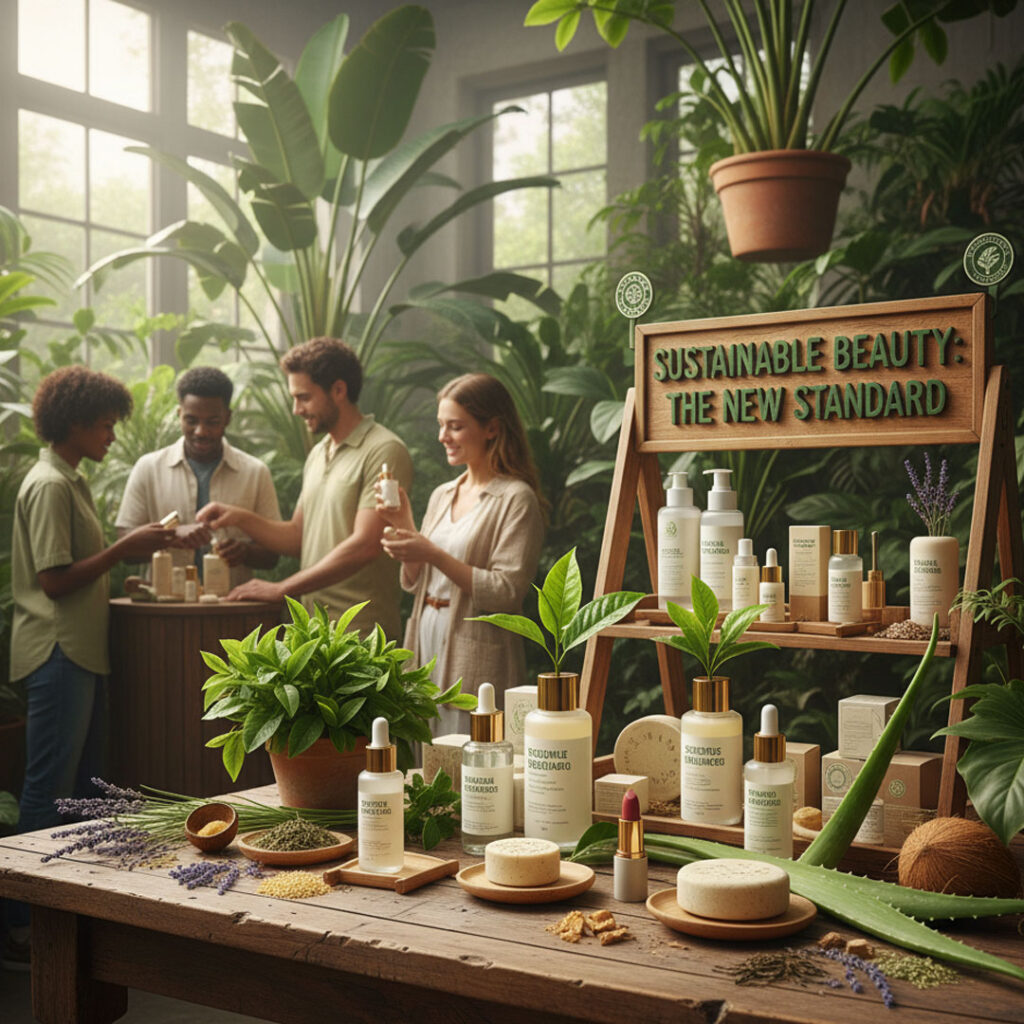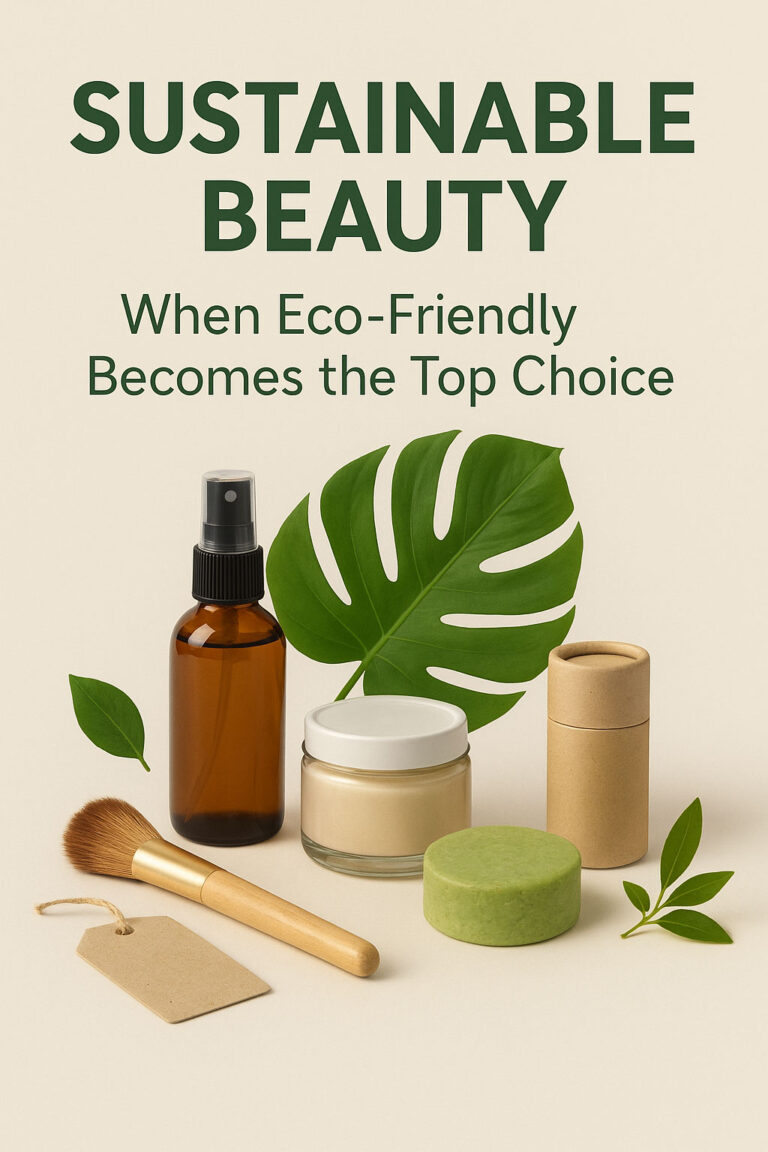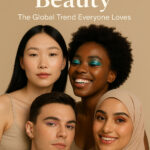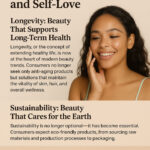Pixie Forever – In recent years, the term Sustainable Beauty has gained immense popularity among consumers, especially younger generations who are increasingly aware of the importance of protecting the environment. The beauty industry is undergoing a massive transformation, shifting from merely focusing on cosmetic trends and skincare effectiveness to prioritizing eco-friendly, ethical, and sustainable products.
A Global Trend Toward Eco-Friendly Choices
Consumer awareness of the environmental impact of the beauty industry continues to grow. Single-use products, excessive plastic packaging, and harmful chemical ingredients are increasingly being abandoned. Globally, people are demanding transparency from brands—about the sourcing of raw materials, production processes, and the environmental impact they create.
From major cosmetic corporations to indie labels, companies are racing to offer eco-friendly alternatives. These range from recyclable packaging, the use of certified organic natural ingredients, to campaigns aimed at reducing carbon footprints during production. Such strategies are now essential for brands to remain relevant and trusted by their customers.

Changing Consumer Lifestyles
Modern consumers no longer view beauty products solely through the lens of performance or results. They now carefully consider the ethical values attached to these products. Labels such as cruelty-free, vegan, and sustainable packaging have become powerful selling points.
In fact, many people are willing to pay more for products that are genuinely eco-conscious. This indicates that Sustainable Beauty is not just a fleeting trend but a lifestyle shift that continues to grow worldwide.
Innovation in Beauty Products
The beauty industry is pushing innovation to align with this green lifestyle. For example, serums made from locally sourced plants grown without pesticides, solid shampoo bars without plastic packaging, and refillable lipstick tubes are gaining popularity.
Many brands are also adopting the circular beauty concept, a system that allows consumers to return empty containers for recycling or refilling. This not only reduces waste but also fosters long-term relationships between brands and customers.
Read More : “WTC to Pentagon: 9/11 Victims, Heroes, and Remembrance“
Impact on the Global Industry
The shift toward Sustainable Beauty has significantly influenced global supply chains. Companies must adapt their production strategies, choose environmentally responsible suppliers, and ensure compliance with sustainability standards at every stage.
International certification bodies such as Fair Trade and EcoCert are now more critical than ever. These certifications prove that products genuinely meet eco-friendly and ethical standards, ensuring that consumers are not misled by superficial marketing claims.
Indonesia Joins the Movement
As one of the largest beauty markets in Southeast Asia, Indonesia is also embracing this movement. Many local brands are adopting eco-friendly practices by utilizing natural ingredients from the country’s rich biodiversity—such as aloe vera, coconut, green tea, and traditional herbs.
In addition, some Indonesian companies are experimenting with environmentally friendly packaging, including glass containers, recycled paper, and biodegradable materials. This shows that Sustainable Beauty has the potential to thrive not only globally but also in local markets.
Education and Public Awareness
However, one of the biggest challenges lies in educating consumers. Not everyone fully understands what sustainability means in the context of beauty products. Many still prioritize low prices over long-term environmental consequences.
Therefore, the role of media, influencers, and environmental communities is crucial in spreading awareness about the importance of choosing eco-friendly options. Simple campaigns, such as reducing single-use plastics or opting for cruelty-free cosmetics, can spark significant changes in consumer behavior.
The Future of the Beauty Industry
Looking ahead, it is clear that the future of the beauty industry will be increasingly tied to sustainability. Brands capable of delivering high-quality yet eco-friendly products will dominate the market.
Meanwhile, consumers will continue to grow more critical in their choices. They don’t just want to look beautiful—they want to contribute positively to the planet as well. Thus, Sustainable Beauty will remain at the forefront of the industry, not as an alternative, but as the standard.



